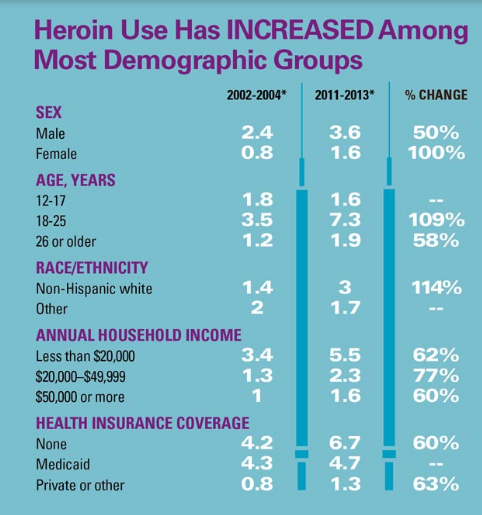Smoking is bad for you, but is vaping safe?
What is vaping, you ask? Vaping is a substitute for cigarettes. Individuals suck the vapor out of an e-cigarette whose primary ingredient is a liquid made from vegetable glycerin or propylene glycol (PG), a synthetic compound used in massage oils, injectable Diazepam, hand sanitizers, and a bunch of other products.
The Food and Drug Administration (FDA) has “generally recognized as safe” pharmaceutical grade PG, which is what is used in vaping.
The vaporized liquid is thicker than smoke, though it isn’t smoke. There’s no tobacco in the liquid or any of the tar, carbon monoxides, or other dangerous toxins found in cigarettes. In fact, in many cases the liquid doesn’t even have nicotine, which is the addictive ingredient in cigarettes, and is often the draw in using e-cigarettes to get off smoking cigarettes. Vaping usually smells good because the liquid is infused with fruit, mint, or other flavorings.
Vaping has risks, but it’s way safer than cigarettes — like 95 percent safer!
So why has the FDA been trying to treat e-cigs like cigarettes? Usually, you have to follow the money. In this case, there’s the added bonus of following the moralists who equate vaping to tobacco and think that smoking is evil, no matter the product. It doesn’t hurt the moralist argument that the cigarette companies are now getting in on vaping as a recovery point for the dying tobacco industry.
Drug and addiction specialist Sally Satel explained what the FDA is doing.
In the spring of 2016, the FDA issued a “deeming rule” bringing e-cigarette devices and associated nicotine liquids under the jurisdiction of the Tobacco Control Act and requiring each product to be authorized by FDA.
It was clear from the outset that the cost of filing an application for approval would be excessive. FDA itself estimates application costs of between $286,000 and $2.6 million for devices and between $182,000 and $2.0 million for liquids – and there are tens of thousands of devices and liquids.
The FDA could flip its position and keep the industry alive while it proves itself, if its new commissioner, Scott Gottlieb, a former colleague of Satel’s, would delay regulatory rules that require the vaping industry to undergo the “unrealistic and unnecessary demands” that will put 90 percent of the industry out of business.
Since vaping is safe, but the regulatory regime is harsh, the threat of vapes being taken off the shelf is real. And that would undermine the vaping industry’s huge successes in getting people off cigarettes. Product standards are one means to regulate, but driving people back to using a deadly product seems counterproductive to the FDA’s stated goals.






